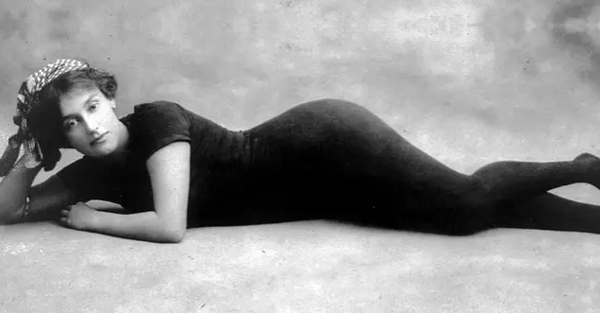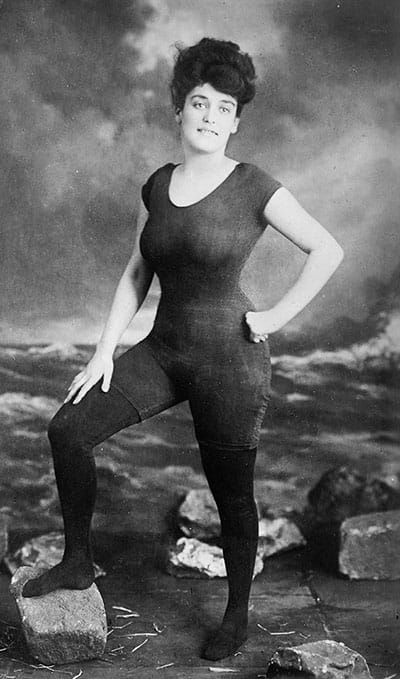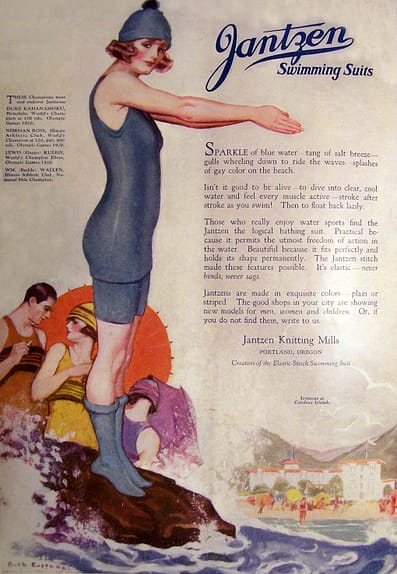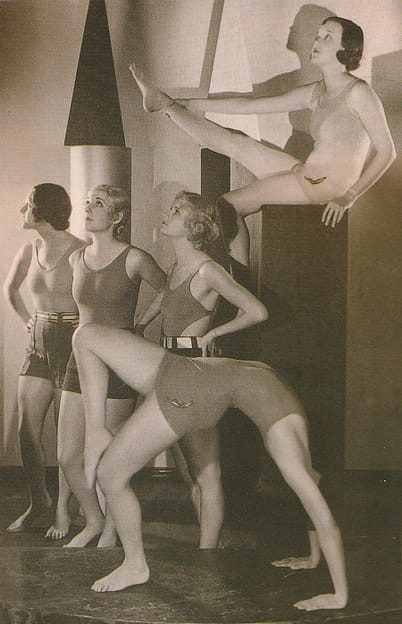
History Of Women’s Swimwear
The Beginning of the Modern Swimsuit
The early 20th century
The history of women’s swimwear changed significantly in 1896 when swimming was introduced to the Olympics. Only men were allowed to compete. Swimming started to be popular as an activity around this time. This new focus on leisure and exercise changed women’s swimwear.
Swimming becomes a sport
Women’s swimwear became more streamlined and less heavy to accommodate the move to swimming as a sport. This changed the look of swimsuits significantly, however women were still expected to wear clothes that covered and concealed their body.

In 1905, world-record-holding Australian swimmer, Annette Kellerman became the first woman to attempt to swim across the English Channel. Two years later, she was arrested on a beach in Boston because of the signature form-fitting swimsuit she wore. At this point in time, arrests for public indecency on the beach were not uncommon.
Comfort over modesty
By the 1910’s, women’s swimwear began to expose the arms and hemlines reached mid-thigh. Less fabric was used to conceal their figure. This shift in what was acceptable was partially because of Annette Kellerman’s influence. The boundaries she pushed paved the way for women’s swimwear to progress.

The first swimwear brands
One of the biggest impacts on swimming at this time was Jantzen. Originally named the Portland Knitting Company, they made their first swimsuit in 1913and were actually the first one’s to use the term ‘swimsuits.’ Their first knitted swimsuit weighed 8 pounds when wet.
Not only was Jantzen one of the first to make dedicated women’s swimwear, they also played a large role in promoting swimming as a sport. They taught people how to swim to create a market for their products that didn’t exist before.

Swimwear gets glam
By the end of the 1920’s women’s swimwear had become smaller, showing more skin. Jantzen promoted its swimwear by having it featured in movies. Swimwear had become a part of fashion. Because of Hollywood movies and Vogue magazine, women’s swimwear began to be seen as sexy and glamorous.
